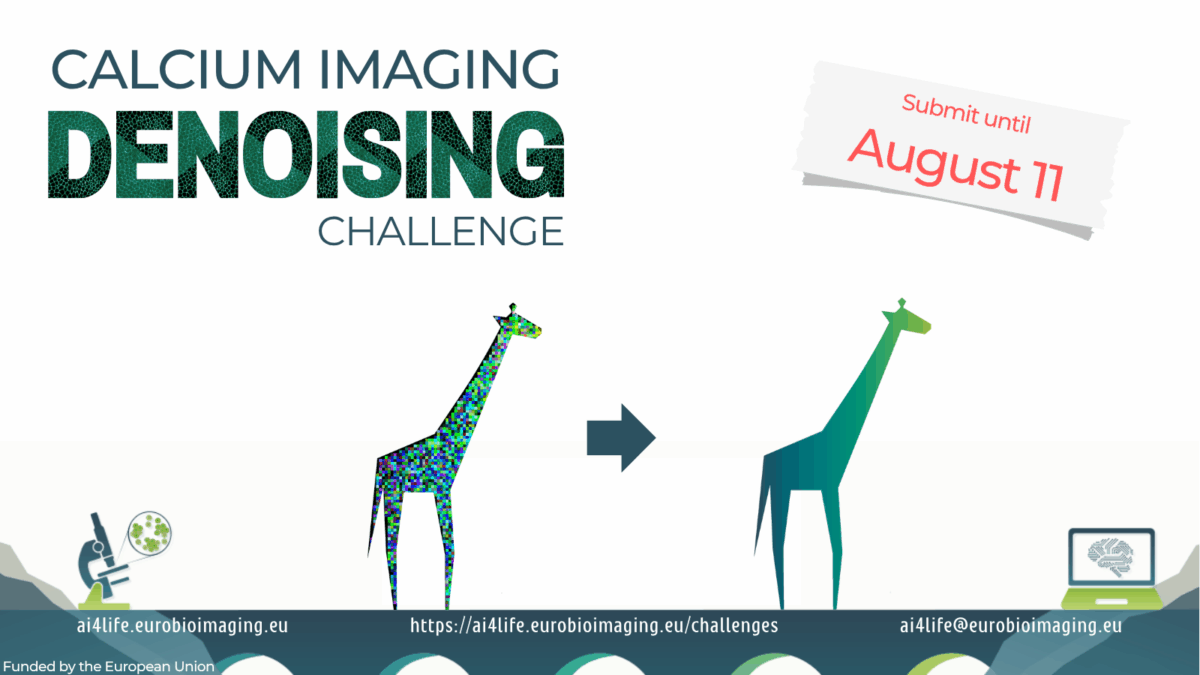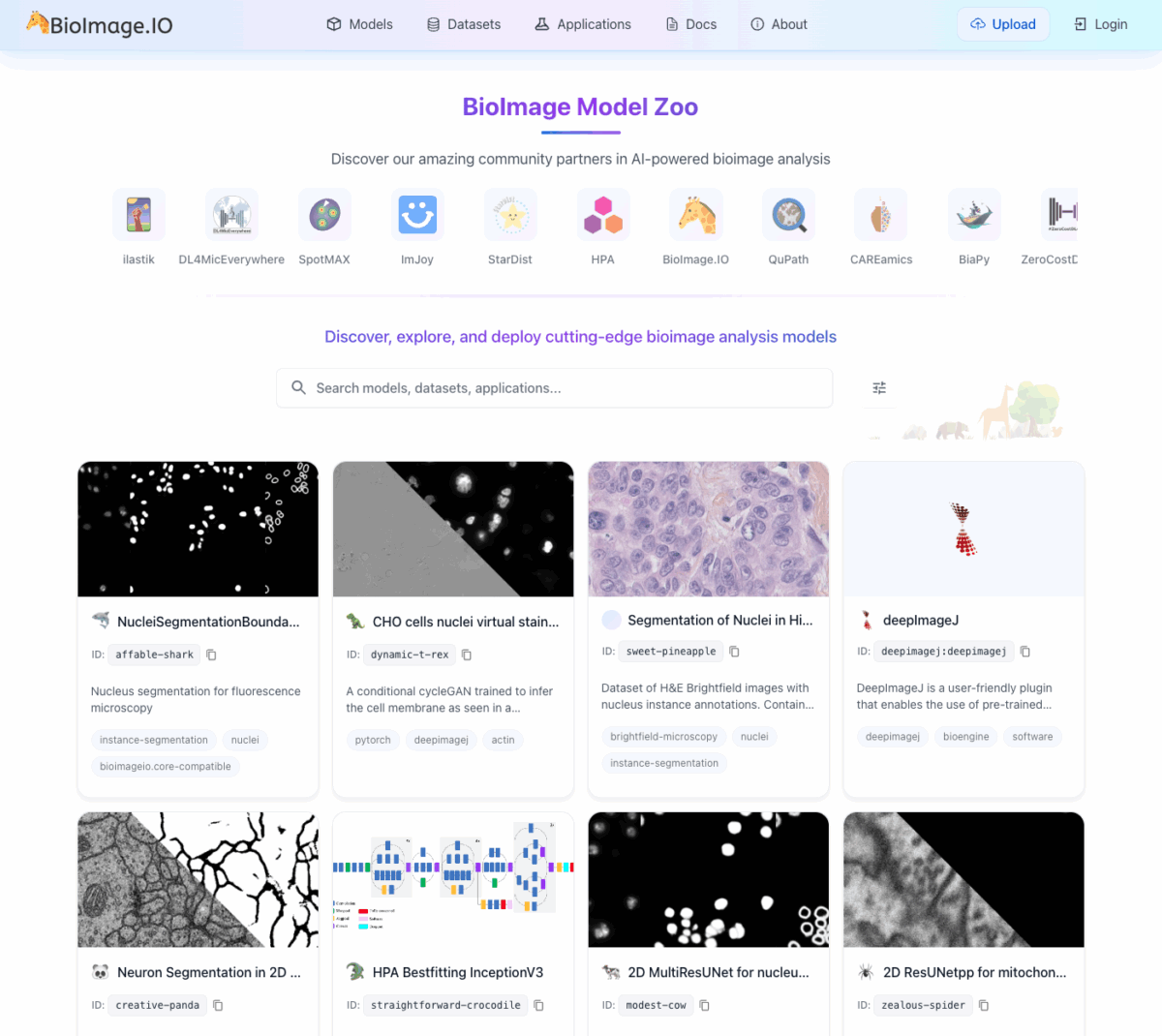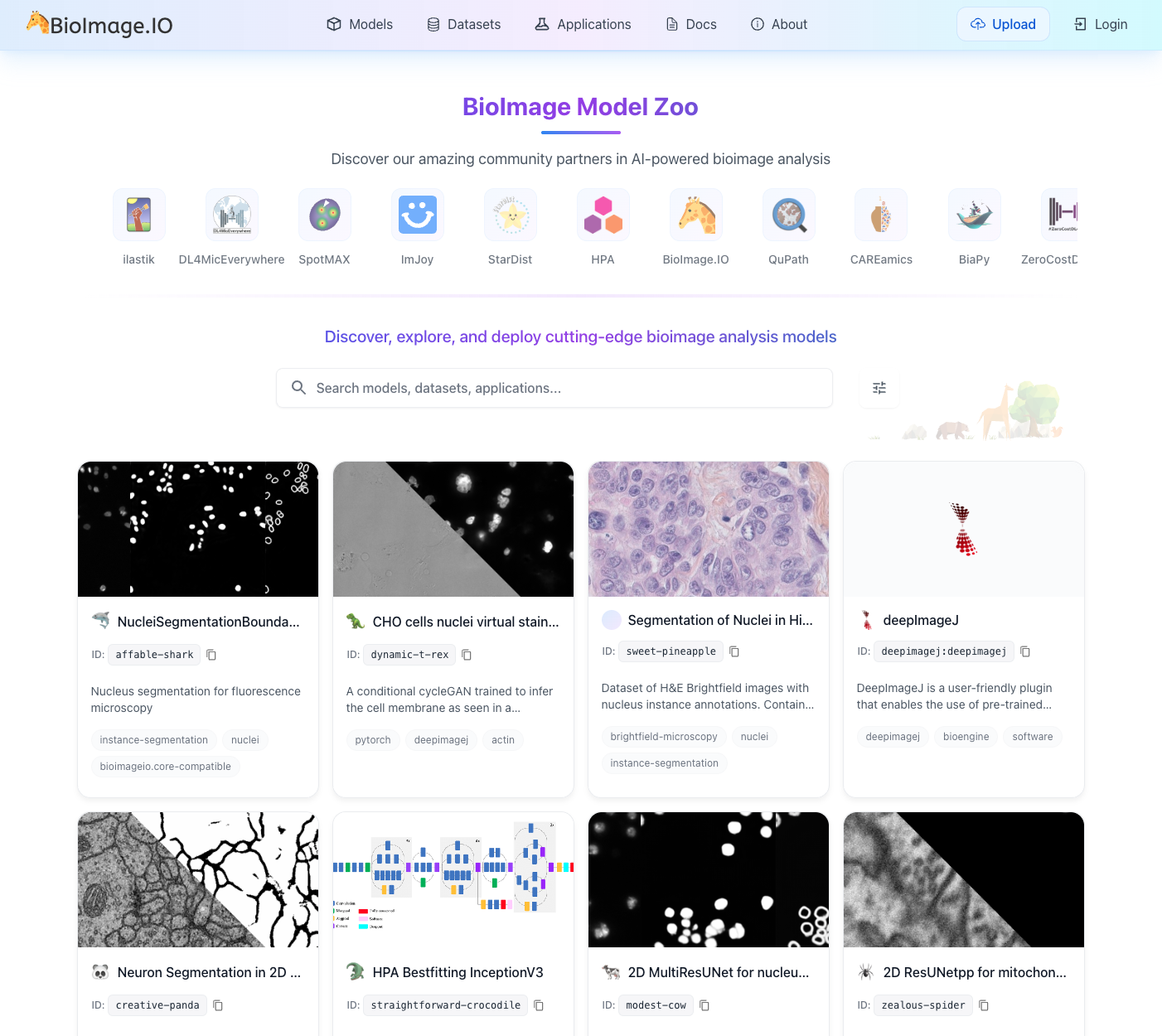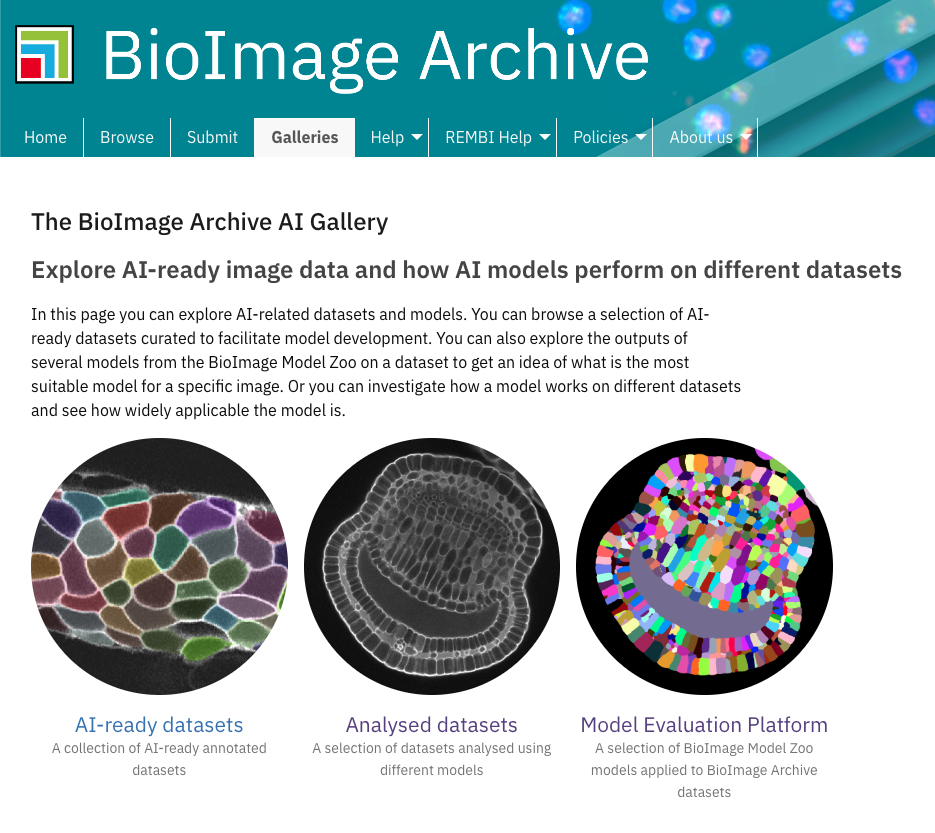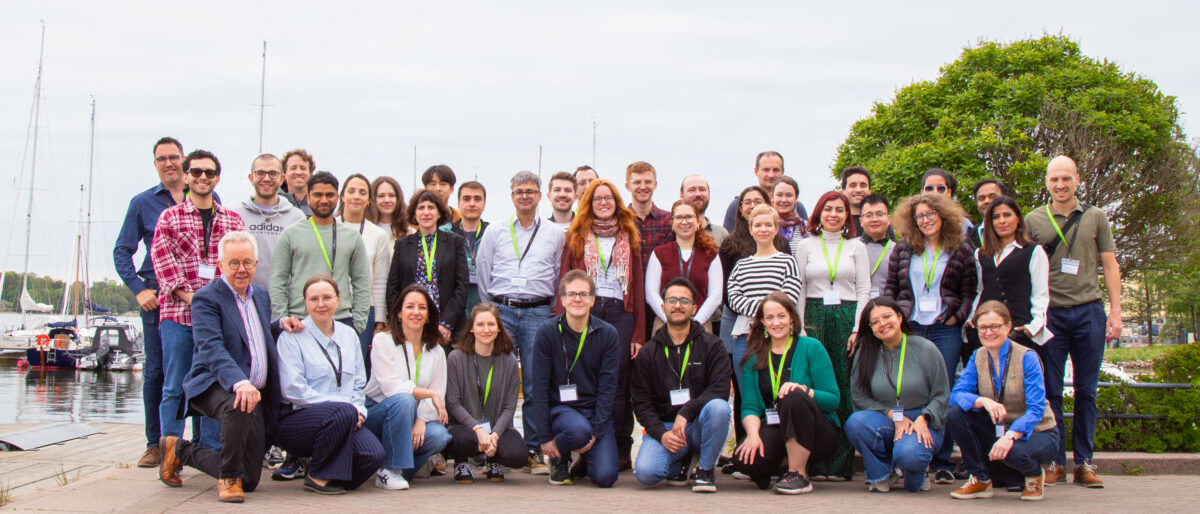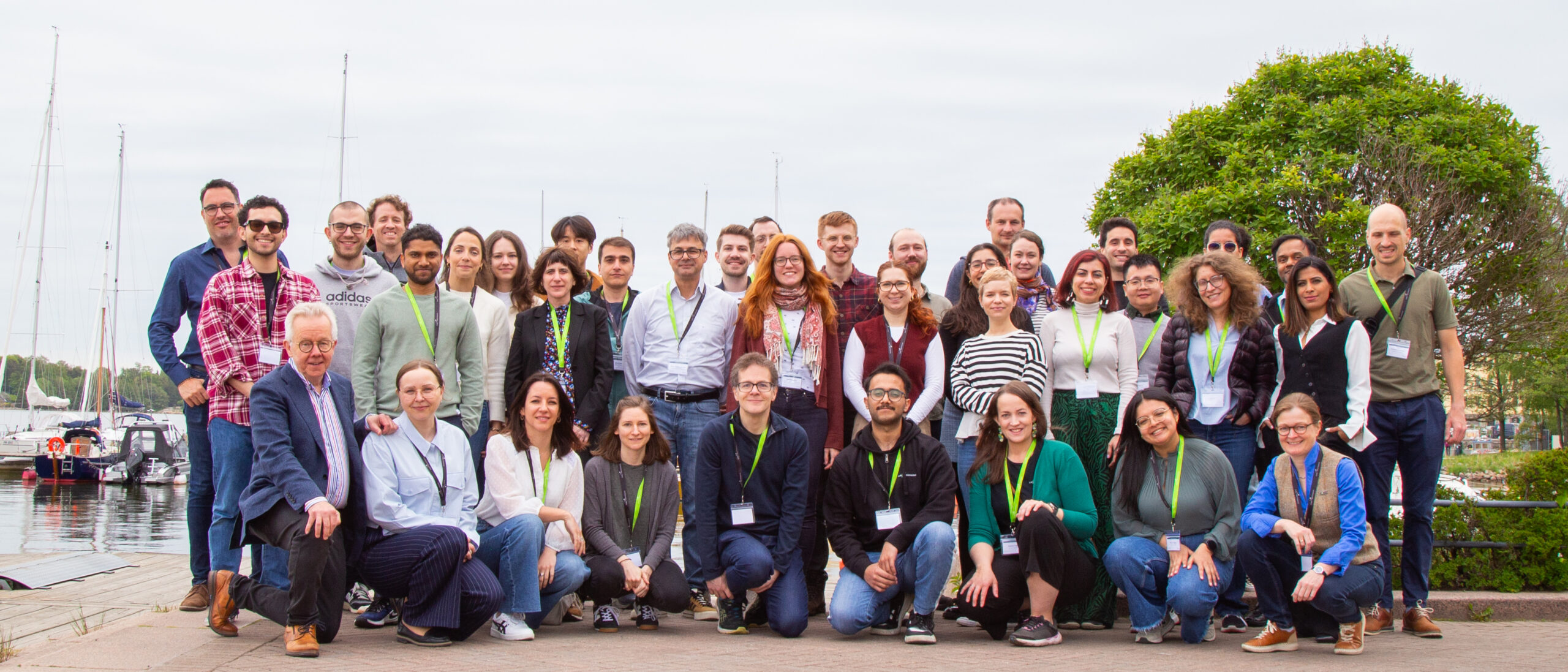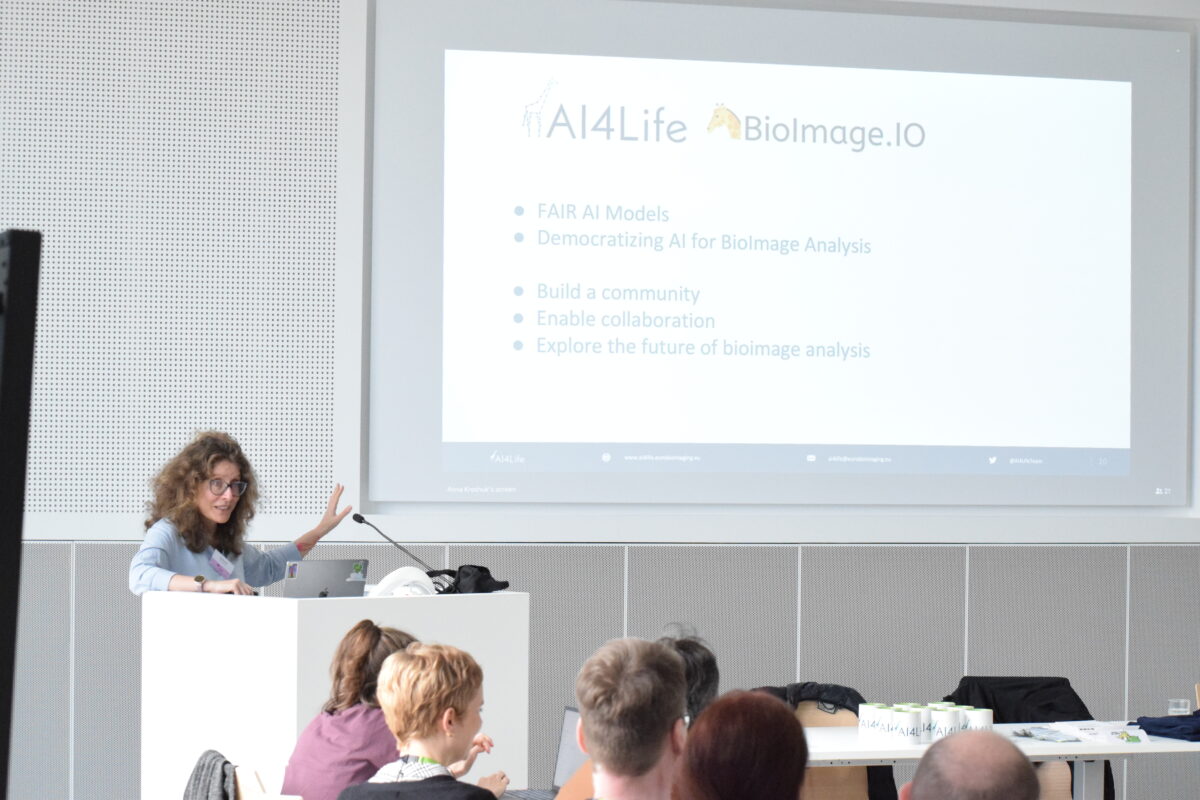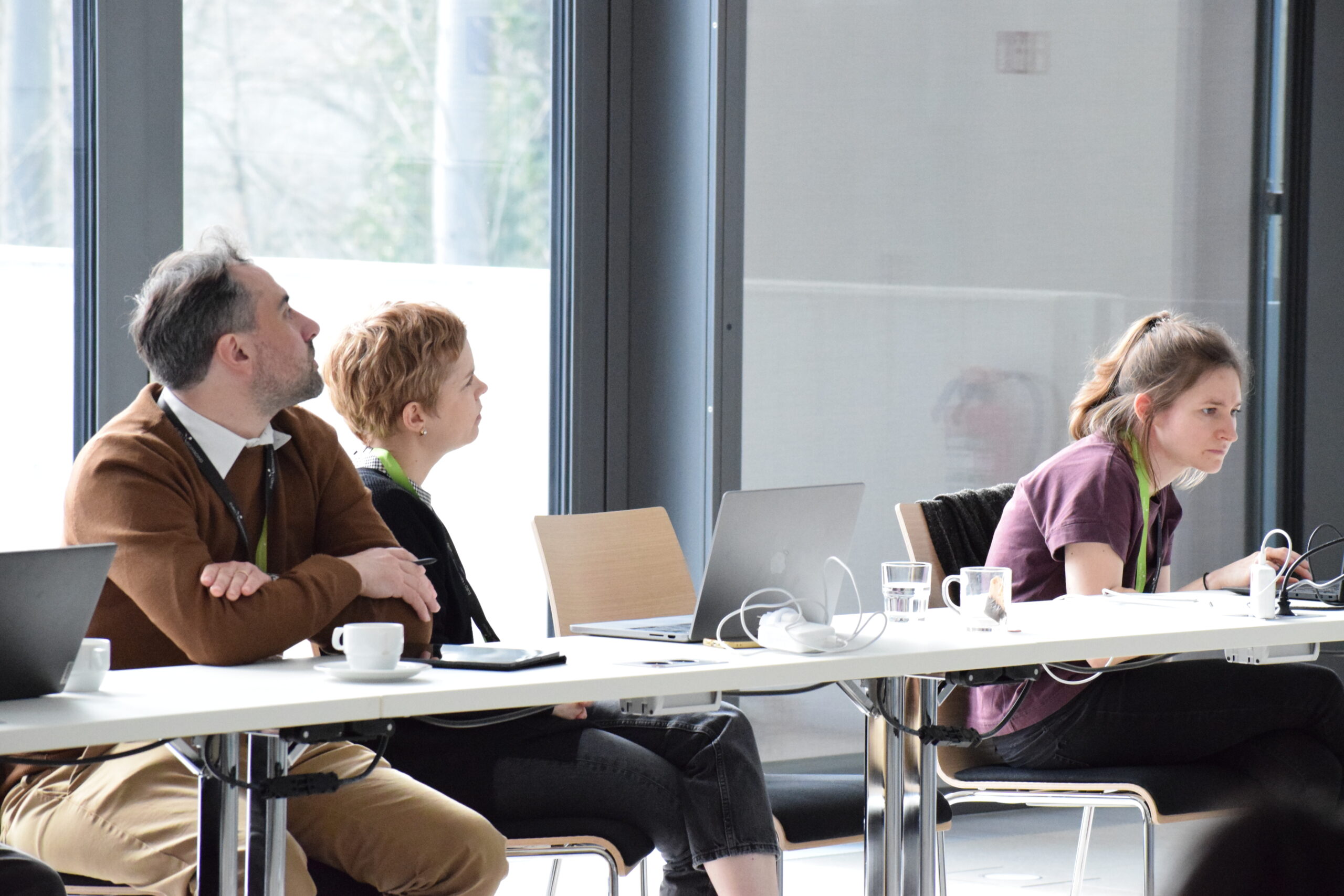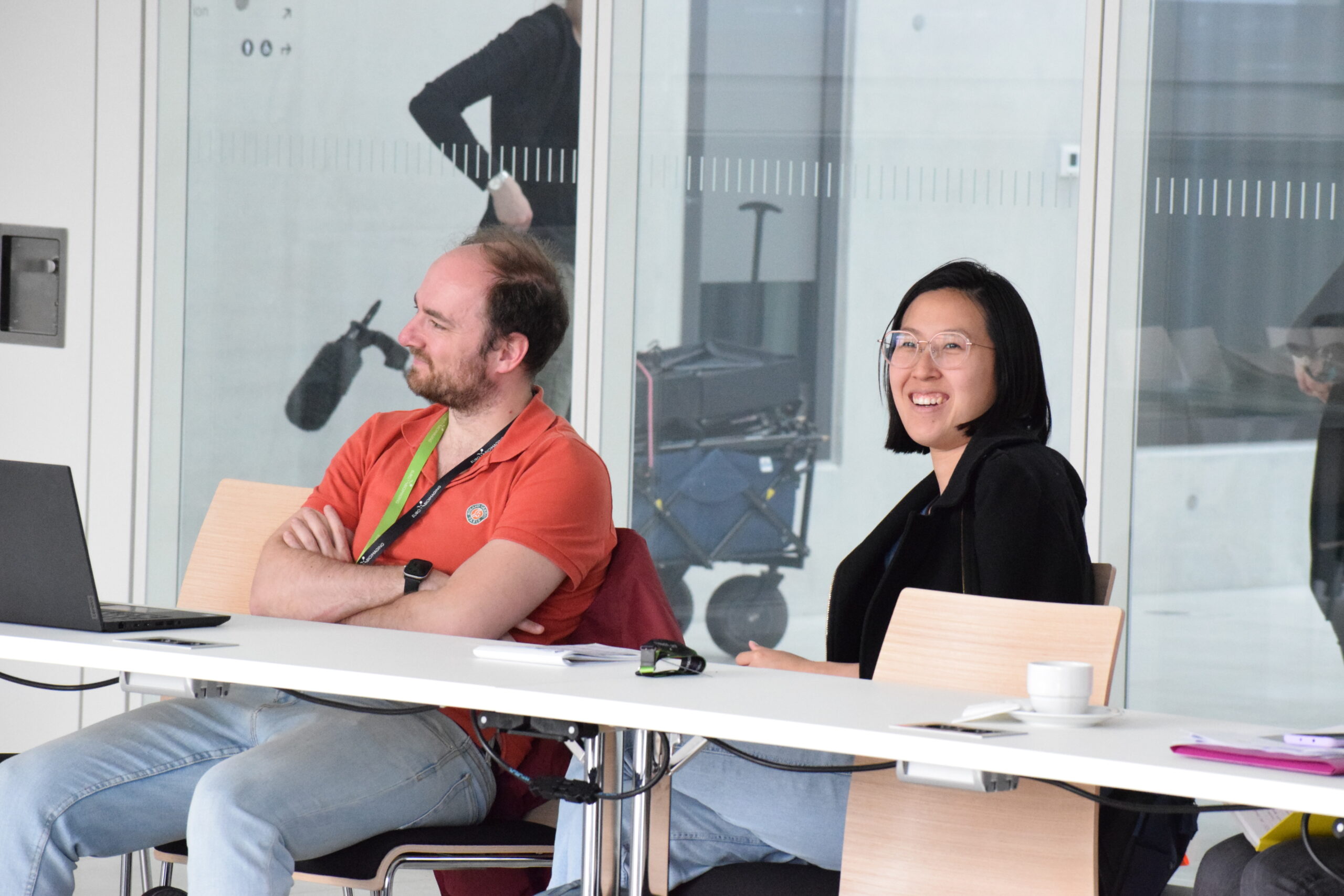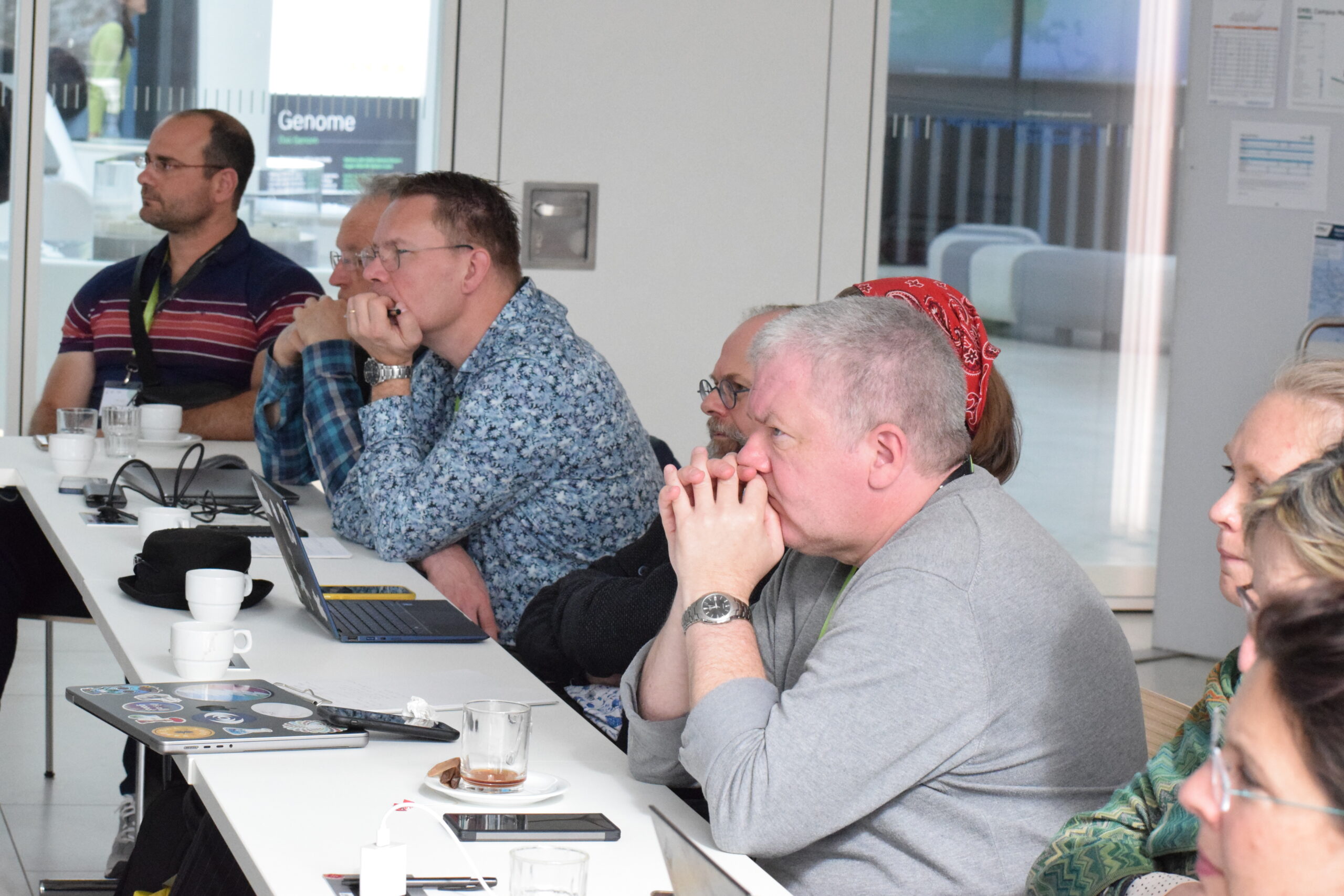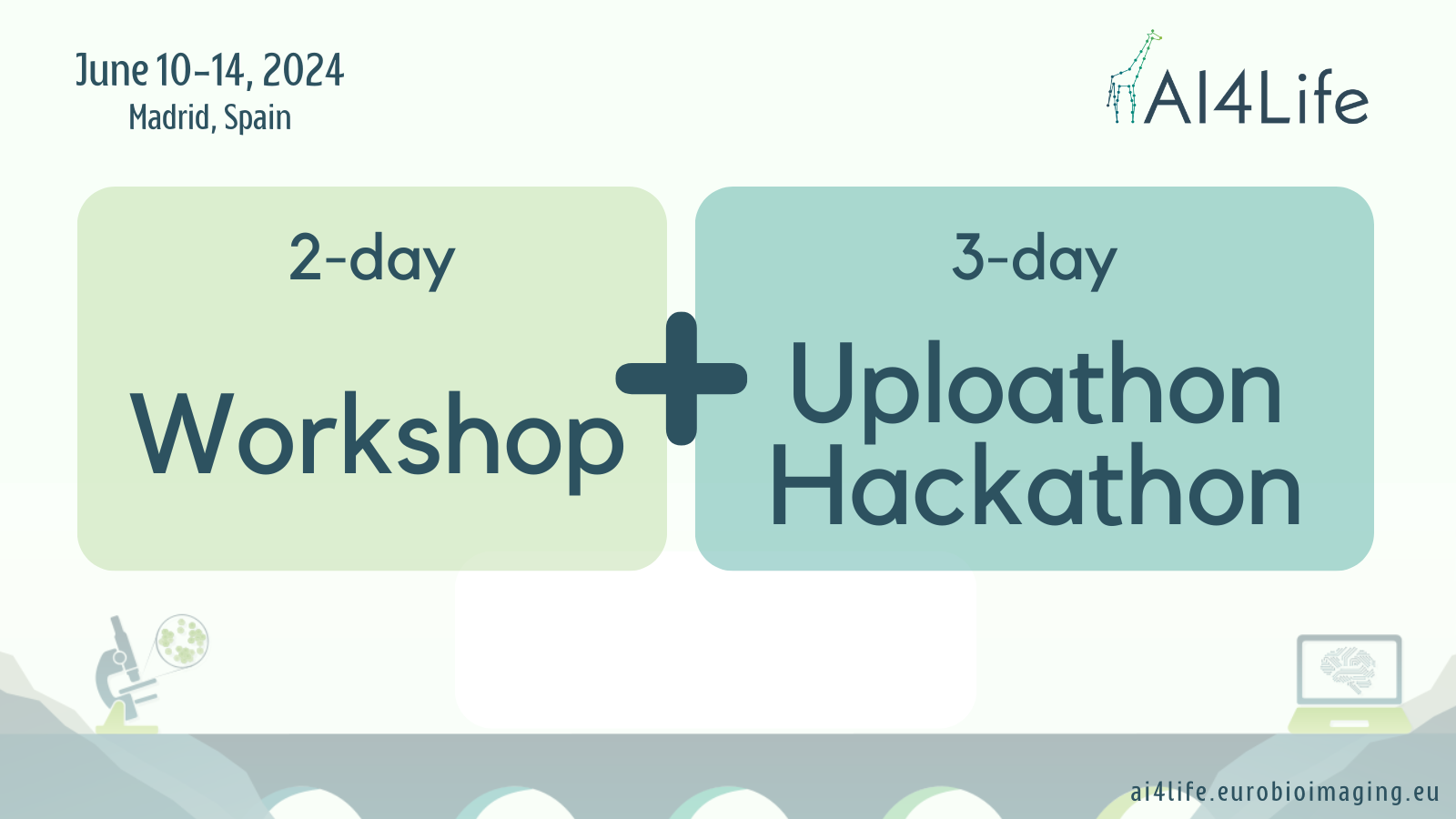The 3rd AI4Life now live too
We’re excited to announce the AI4Life Calcium Imaging Denoising Challenge 2025, focused on unsupervised denoising of calcium imaging data, a critical step for improving signal extraction in functional microscopy.
Hosted on the Grand Challenge platform, we invite researchers, developers, and imaging enthusiasts to design robust, generalizable algorithms that preserve both the spatial structure and temporal dynamics of neuronal activity in calcium imaging.
Participants will:
- Access synthetic calcium imaging datasets with controlled noise levels.
- Develop and submit unsupervised or self-supervised denoising models.
- Be evaluated on spatial and temporal reconstruction quality using hidden ground truth data.
- Address realistic generalization tasks across unseen content and varying noise settings.
Whether you’re exploring new ideas or validating established models, this challenge is a unique opportunity to contribute to core problems in bioimage analysis—and help advance reproducible, FAIR, and translational solutions for neuroscience and cell biology.
The challenge will run until August 11th.
Get started now: https://ai4life-cidc25.grand-challenge.org/
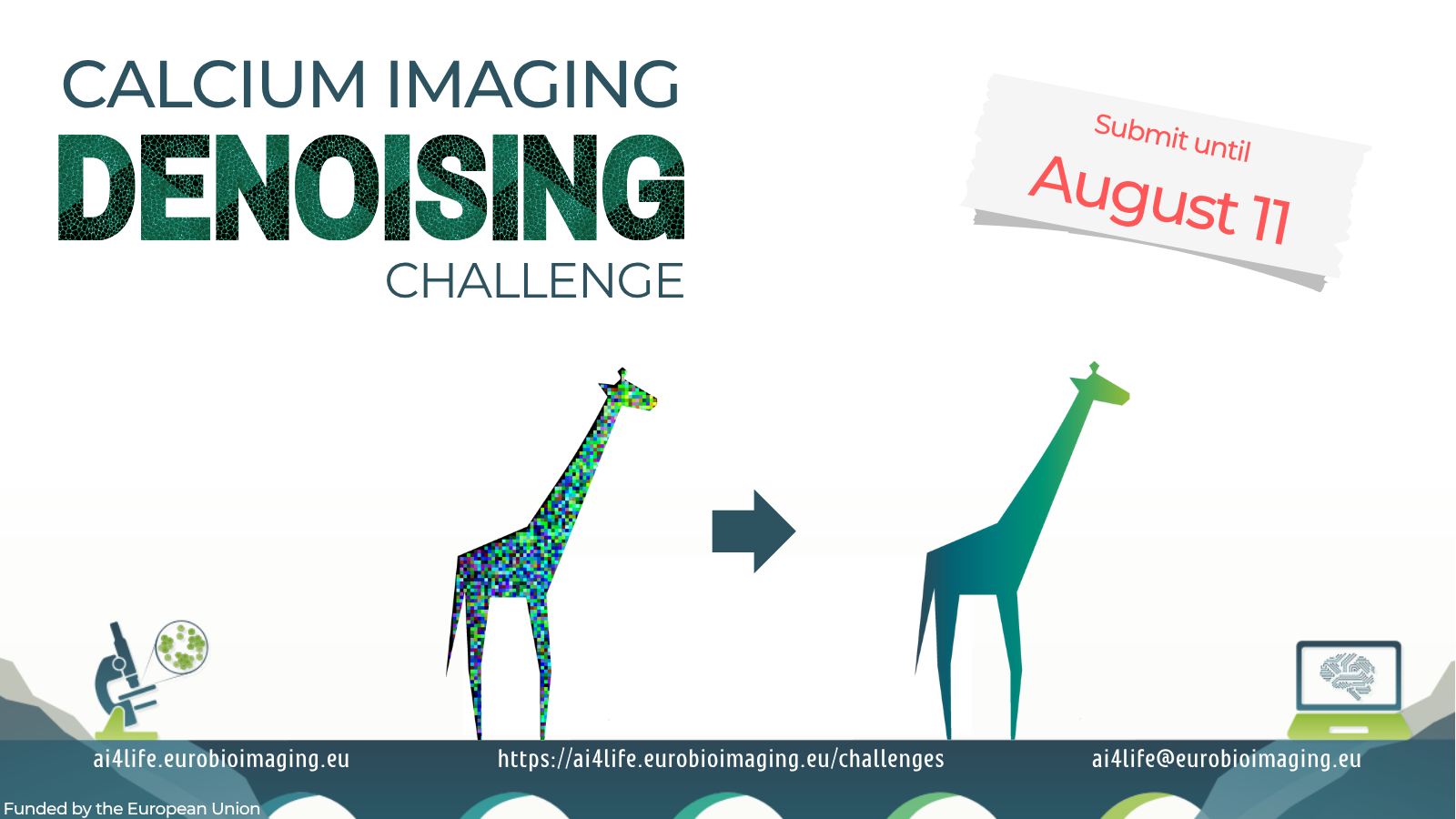
Whether you’re a seasoned researcher or new to the field, this challenge is an opportunity to test and improve your models on real-world microscopy data, and support FAIR, open science while doing it.
Get started now!
👉 https://ai4life-mdc25.grand-challenge.org/

